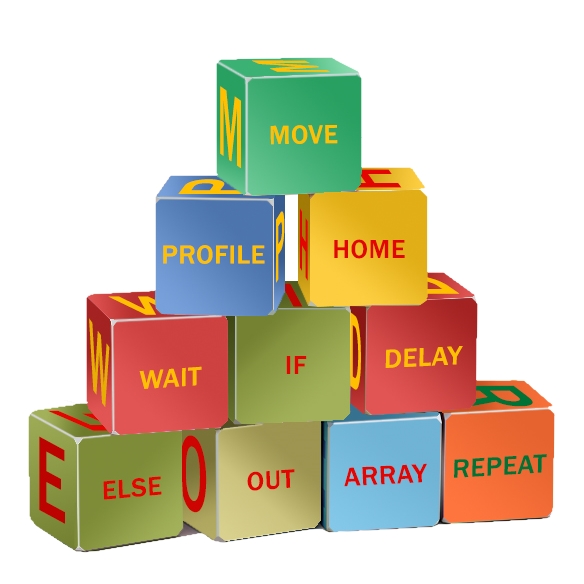Art-Rotary Actuators
Rotary Actuators
Rotary tables are accuracy labor locating tools that are utilized with the metalwork industry. The rotary actuators make it possible for the operator to pierce through or disjoint work at precise junctures within a predetermined axis that is most often either horizontal or vertical. A number of rotary tables will grant the utilization of index platters for the purpose of indexing maneuvers, while a few of them can as well be integrated with dividing plates which will allow normal assignment arrangement within junctions wherein the indexing platters are not to be had. Such an implement of rotary tables that is utilized within the manner described in the last sentence is referred to as a dividing head in more proper working terms.
It might as well be identified as an indexing head of rotary stages. Rotary tables are generally mounted in a flat style, which will dictate that the table be positioned in a revolving manner around a perpendicular alignment. Operation on rotary tables is done while maintaining a steady plane as the cutter of a perpendicular milling machine – this is a tool in the form of a contraption made use of in the casting of metal. On the other hand, an optional arrangement of the rotary tables would be to position them on their end meaning that rotary tables are mounted at a right angled plate in order for them to revolve about a parallel axis.
Within such an arrangement a tailstock might as well be utilized therefore effectively securing the rotary tables work piece amid the centers. If the rotary actuators are mounted on a resulting table, the workstation is precisely centered within the circumference of its alignment. The axis of the rotary tables will in turn be placed in around the middle of the cutting apparatus′ axis. This will result in all the three alignments being coaxial, meaning that all the three forms share a familiar axis.
Rotary tables can thus be used in a number of maneuvers that are undertaken by the operator of the tool. For one, the rotary tables can be used to position machine spanner flats on a bolt. To bore proportionally distanced holes a top a spherical projection or overhang. rotary tables can as well be used to incise a circular section with an outcropping tang. Another one of the rotary tables functions is to generate big diameter punctures, through a round tool path, this is restricted to the areas of milling pieces of equipment that do not posses the potential to drill large twist drills. Moreover, rotary tables can be utilized within the grinding of helixes as well as in incising particularly intricate curves all of which is of course achievable only if the precise set up is utilized.
In addition to all of this mentioned above, if the rotary tables are rehabilitated to function instead as stepper motors in their operations, coupled with a CNC milling machine and a tailstock, the rotary tables will accept for multiple components to be included in a mill that if not would place the need for a lathe. Thus, rotary tables play a crucial role in the metal work industry.









